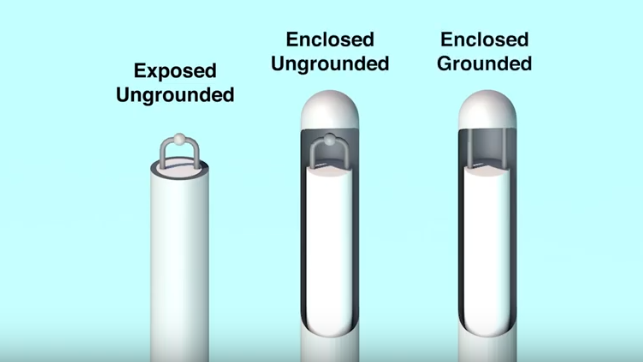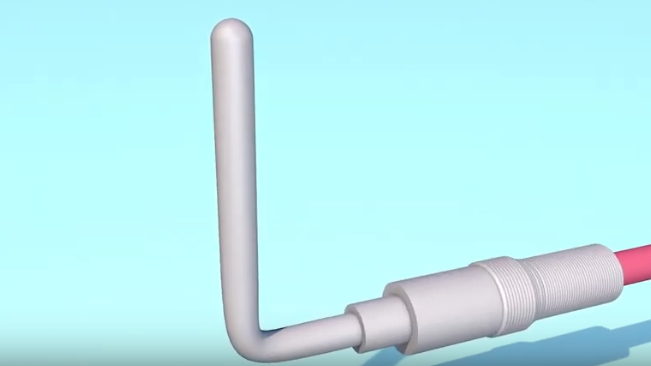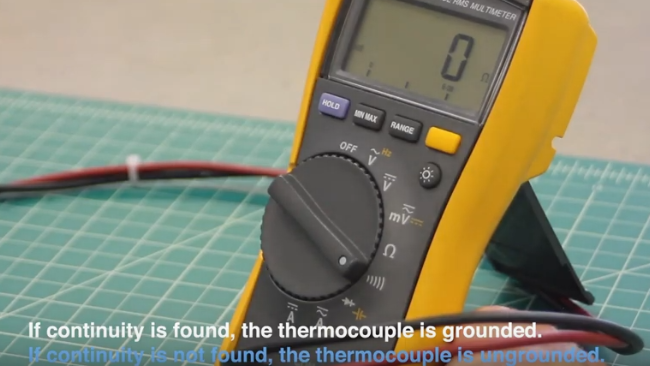Thank you for choosing Harold G. Schaevitz Industries, the Sensor Connection. Today, we will demonstrate how to test whether a thermocouple is grounded or ungrounded. To perform this task, you will need a multimeter. Sheath thermocouples are available in three junction types: exposed ungrounded, closed ungrounded, and enclosed grounded.
Exposed junction thermocouples are recommended when measuring the temperature of non-corrosive gases, where fast response time is required. Exposed junction thermocouples are ungrounded by design. Enclosed junction thermocouples are recommended when measuring the temperature of corrosive gases, liquids, or high-pressure applications. Enclosed junction thermocouples are available either grounded or ungrounded.

The junction of an enclosed grounded thermocouple is attached to the protective sheath, giving the advantage of faster response time than the ungrounded junction type. The disadvantage is that this may introduce ground loop problems from the unintended connection of the circuit to the ground.

The junction of an enclosed ungrounded thermocouple is detached from the protective sheath, providing immunity from ground loop problems. The disadvantage is that the response time will be slower than the grounded junction type.

Upon visual examination, it is not possible to determine if an enclosed junction thermocouple is grounded or ungrounded. This requires performing a continuity test.
Begin by attaching the positive lead of the multimeter to either of the sensor’s signal wires. Next, attach the negative lead of the multimeter to the sensor sheath. Set the multimeter to measure continuity. If continuity is found, this is an indication that the thermocouple is grounded. If continuity is not found, then this is an indication that the thermocouple is ungrounded.
Click the link below to shop thermocouples!
